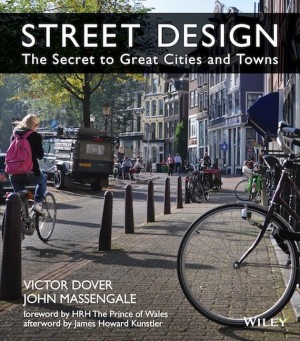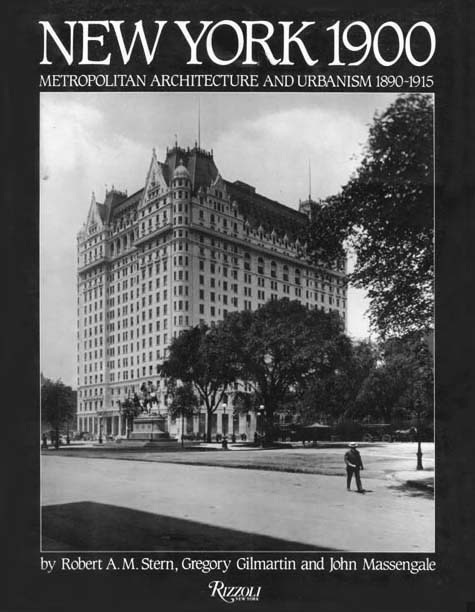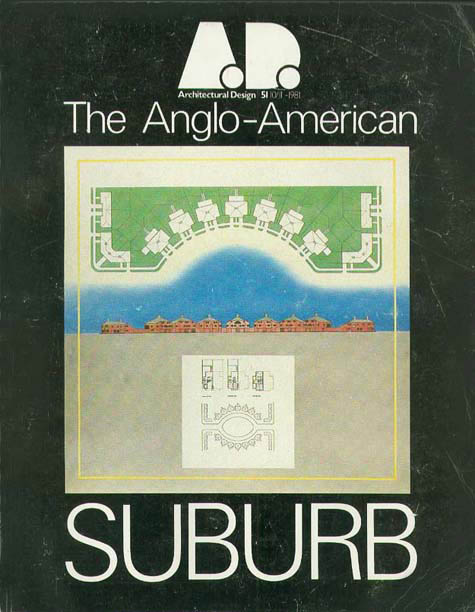AN OP-ED IN THE NEW YORK TIMES by the architect Steven Bingler and the architecture critic Martin Pedersen calls attention to an important architectural problem that has been swept under the rug for quite a while now. Architecture is a public art—we all interact with architecture every day—but it’s become a frequently esoteric and self-referential art that the public doesn’t relate to very well. As Bingler and Pedersen say, “We’ve taught generations of architects to speak out as artists, but we haven’t taught them how to listen.” And, “We’re attempting to sell the public buildings and neighborhoods they don’t particularly want, in a language they don’t understand.”
I’m hoping this is just the tip of the iceberg. When I went to the Michael Graves symposium organized by the Architectural League of New York recently, it was held in the building that’s my candidate for the ugliest new building in New York. So I was intrigued to see during the breaks that many in the the very diverse group of architects who turned out to honor Michael agreed with me. I heard during the meeting that the Community Board and the neighborhood hated the building, even though to judge by the architecture press, it’s a great, cutting edge building. The architect would probably call it “challenging,” or “contradictory.”
The architectural media and the architectural academy often march in lockstep, promoting and teaching the egotecture that Bingler and Pederson lament. And you sometimes feel as though male, New York architects must think you can buy your clothes in any color you want, as long as they’re black. But the rest of the world, including many architects, apparently are ready for a change. We definitely live in an eclectic time, when the hippest Millennial hotspots can be Classical, Modernist, or something in between. Most Americans who think about architecture probably agree.
Instead of being ideological or dogmatic, they like different things in different contexts, appreciating different types of good design. Bingler and Pedersen say a lot of the most successful design has “one thing in common: reliance on the physical laws and mathematical principles that undergird the fundamental elegance and practicality of the natural world.” I agree, and to the list I would add “placemaking”—making buildings that we want to be in and that add up to neighborhoods, streets, cities, and towns were we want to live, work, and walk.
To be continued…
PS: On December 23rd, Architect (the magazine for AIA members) published an essay by Aaron Betsky called The New York Times versus Architecture that inadvertently underlined every point Bingler and Pedersen made about the isolation of the profession. I’ve pasted the text into the comments.
PPS: And here’s a list that relates to Bingler and Pedersen’s point about the distance between architectural ideology and popular taste. “The 10 Best Buildings of 2014” chosen by a group of successful and distinguished architects probably seem to most people not far from the 10 Worst Buildings of 2014: http://www.theguardian.com/artanddesign/gallery/2014/nov/11/the-worlds-best-tall-buildings-of-2014-in-pictures
Glass House Conversation: The Architecture of Time versus the Architecture of Place



